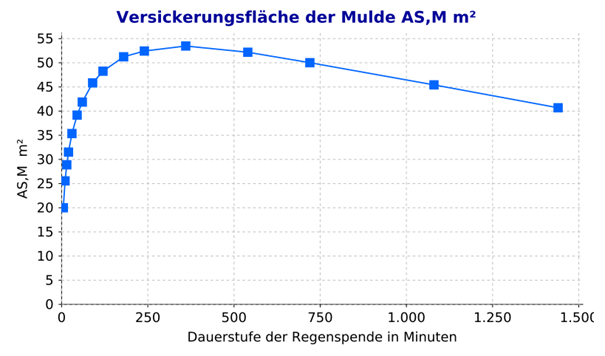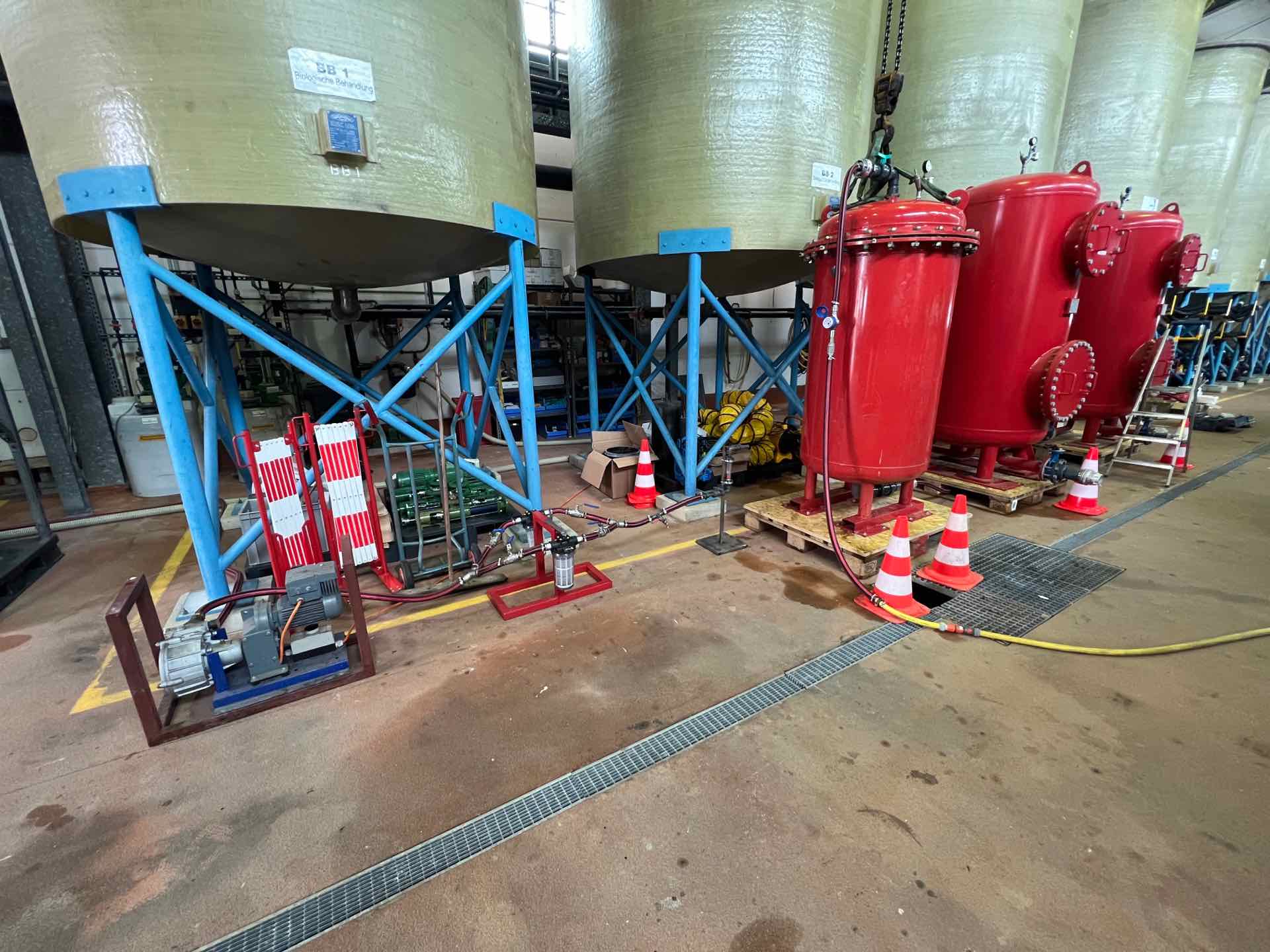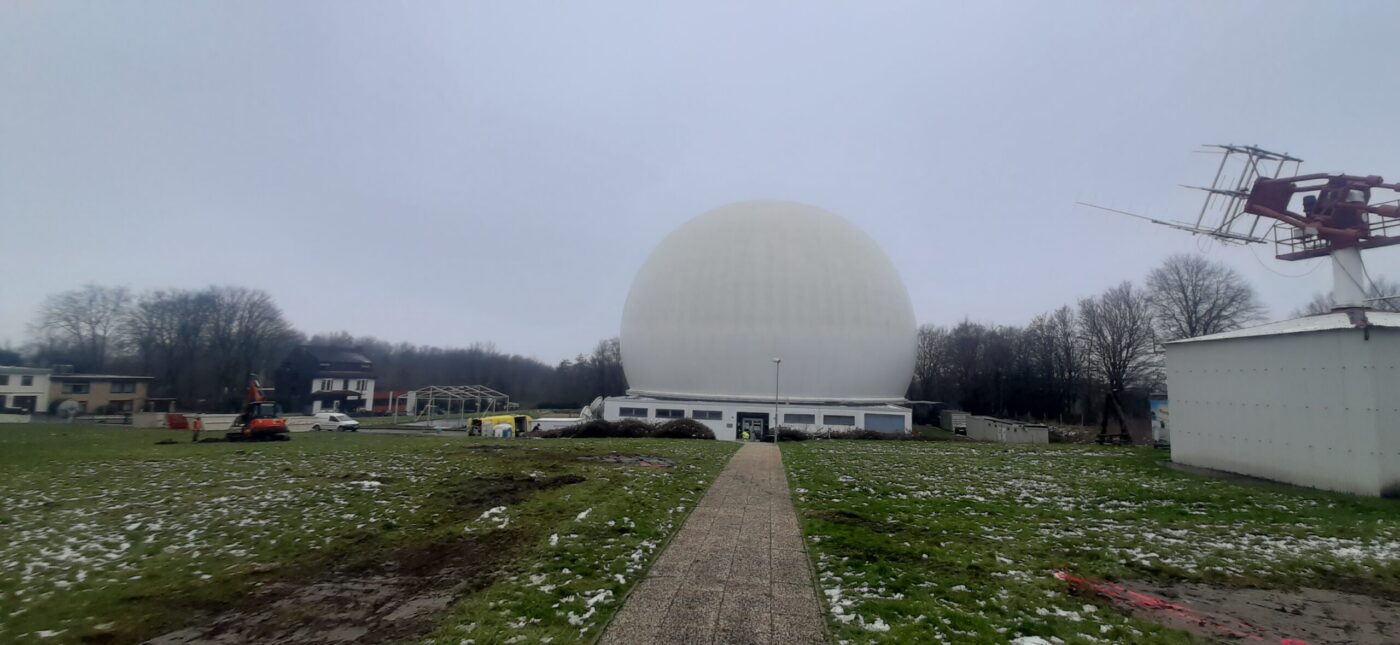Groundwater damage was discovered, sufficiently investigated and pump and treat was determined as the appropriate remediation method. In consultation with the authorities, the pumping volume and the necessary treatment stages are planned and the groundwater purification plant (GWRA) is constructed and put into operation. But what actually happens next?
It should be made clear that GWRAs do not run unobserved for a fixed remediation period and are switched off and dismantled at the end. The remediation period depends, among other things, on the pollutant and its pollutant properties, groundwater recharge and natural pollutant degradation. Both hydraulic and pollutant monitoring measures are required for targeted remediation. Using the example of a pump-and-treat measure, i.e. pumping the contaminated groundwater via wells, treating and purifying the raw water and discharging the clean water into the sewerage system, directly into the receiving water or back into the groundwater at a suitable point via infiltration wells, the tasks of external monitoring are described below.


The system operator constantly monitors the input and output values of the GWRA and carries out maintenance to ensure that the system is permanently functional. In addition, close (e.g. monthly) external monitoring is carried out by an independent company to ensure targeted remediation, to check the system parameters and to identify optimisation requirements. On the one hand, the pumped feed water to the GWRA is sampled and analysed for the relevant pollutant or accompanying parameters that are important for the operation of the plant (e.g. iron). This makes it possible to estimate how large the influx of pollutants to the plant is. Secondly, the pure water is sampled and analysed for the parameters relevant to the discharge (in accordance with the water permit). Depending on the duration, pollutant behaviour and groundwater availability, the discharge route can be adjusted during operation. The discharge limits may also change once the new water licence has been obtained. Depending on the plant technology used, polluted air may also be produced, which in turn is purified. Compliance with the limit values is also checked here in accordance with legal requirements. In addition, compliance with the authorised extraction and discharge quantities is constantly monitored and the impact of extraction on the groundwater body is assessed. The processed data and findings are regularly submitted to the responsible authorities in the form of a report.
Another part of external monitoring is groundwater monitoring. For this purpose, groundwater measuring points (GWM) are usually set up in the vicinity of the plant or existing measuring points from the previous exploration are used. The groundwater monitoring wells are sampled regularly (e.g. every six months) in order to be able to observe the spread of the damage in the groundwater. Ideally, the contaminant plume will decrease in size as the remediation period increases. It is also checked whether the entire contaminant plume is covered by the extraction wells or whether the contaminant plume has changed its general direction. This can be responded to, for example, by increasing the extraction rate or constructing another extraction well. By continuously evaluating the system data and monitoring results, M&P supports the remediation contractor as an external supervisor with optimisation proposals.







